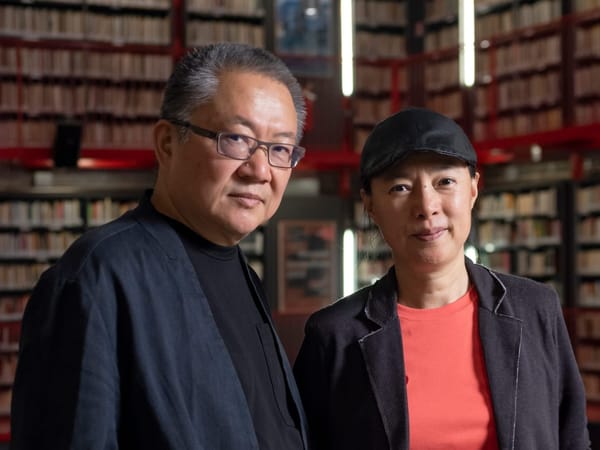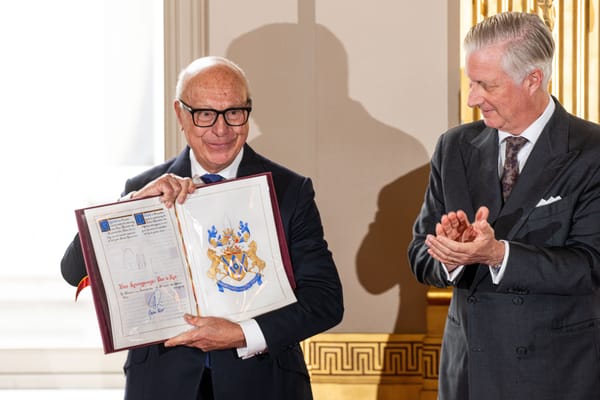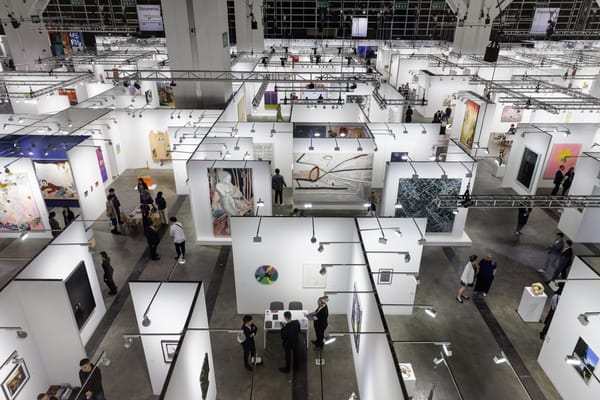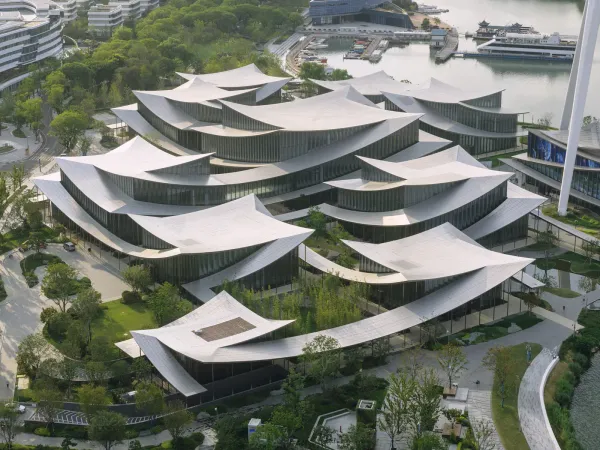News
Choi Byung-so, 1943–2025
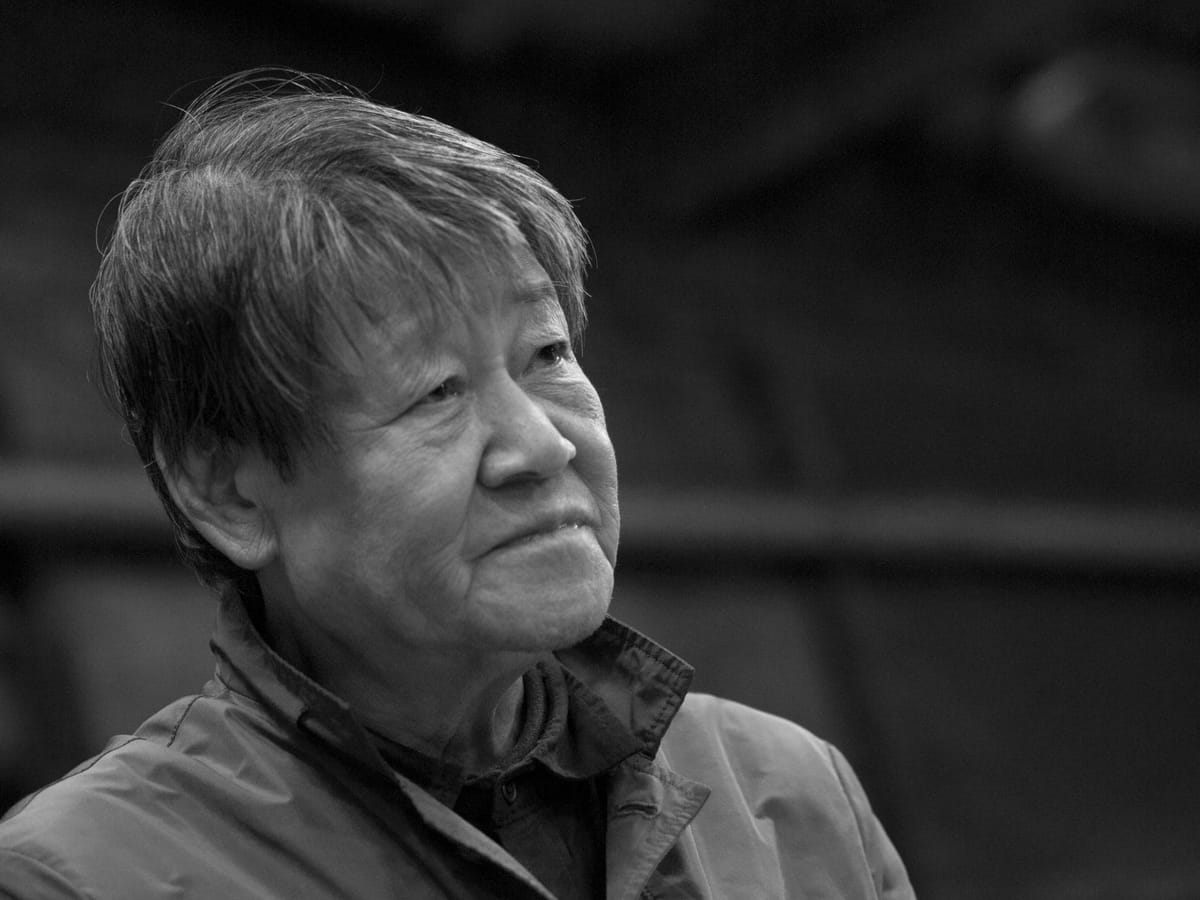
Choi Byung-so, an influential Korean artist known for his black, tactile works on newspapers, passed away on September 11 at the age of 82. His unique practice, defined by the relentless act of effacing and redrawing on newspaper surfaces with ballpoint pens and pencils, transformed everyday materials into meditative expressions of time and impermanence.
Born in Daegu in 1943, Choi studied Western painting at Chung-Ang University, graduating in 1974, and earned a master’s degree from Keimyung University in 1985. His signature process turned the mundane into ritual, where creation and erasure engaged in continuous dialogue. Each printed page, repeatedly overwritten and obliterated, became charred black surfaces that bear witness to discipline and resistance. The artist has said that these works reflect “an attitude of returning to a pre-civilization era by eliminating text and images.”
Choi occupies a distinctive space within the landscape of Korean contemporary art. While his monochromatic palette resonated with the 1970s Dansaekhwa movement, his diverse experiments defy easy classification. Choi’s early works embodied themes of resistance and renewal, capturing the tension between presence and absence, permanence and transience. These included provocative installations using iron cores and rotting fish, as well as innovative photograph-text hybrids.
As a founding member of Korea’s first contemporary art festival in Daegu in 1974, a vital crucible for avant-garde exploration, Choi championed a spirit of innovation and transformation during a time of social and political upheaval. His legacy lies not only in his striking visual language but also in his influence on later generations of artists. Choi is survived by his wife, Ryu Hyang-ha, his son, and two daughters.

